The content of the article
Many grow citrus fruits on the windowsill. And not so much because of the fruits, but simply for the sake of experiment or amateur interest. For example, they plant a seed of orange or lemon, and then observe the development of the plant.
Sometimes, one day by no means a wonderful day, their favorite begins to signal that he is not comfortable. Let’s figure out why the leaves of the lemon turn yellow. What to do? - We also find out. There can be several reasons for this, and by the signs they are quite easy to determine.
Incorrect lighting
Lemon loves a lot of light, but diffused. Direct sunlight causes burns on the leaves. A lack of lighting is manifested by pallor and yellowing.
Signs Small yellow dots appear on the leaves, which grow over time.
What to do. Provide the plant with proper lighting. If the pot is standing on the south or west window, then there must certainly be shading with paper or a light cloth. The north and east directions of the windows are too dark for the lemon. You will have to install a reflective screen made of foil or mirror so that the sun reaches the shoots.
Owners of special fitolamps can not bother with such designs. They can grow lemon anywhere in the room year-round. After all, they have a backlight.
Tip. If you missed and the lemon still “burned”, then shading will help the plant recover. Leaflets do not break, they still serve.
Draft and temperature change
Lemon, like no other plant, is very afraid of temperature differences. Sometimes the leaves do not even have time to change the pigmentation, and fly around green. But most often yellowing happens.
Signs Leaves turn yellow at the edges, curl. Then a brown border appears and a strong leaf fall begins.
- Substitute the plant under an open window.
- Dramatically change the temperature of the content.
- Position the pot near the radiators.
- Ventilate the room with a draft.
- Leave the window open at night.
As you can see, lemon is quite moody in terms of accommodation. Even just a rearrangement from one window to another is already a change in temperature and stress. Try not to do such manipulations.
Tip. If you need to change the lemon conditions, then do it gradually. And it's better to leave such an undertaking altogether.
Wrong watering
Lemon is very hygrophilous. But at the same time, like most houseplants, it does not tolerate waterlogging of the soil. If such a mistake is made, then the leaves will immediately show you their displeasure.
Signs Leaves begin to turn yellow throughout the plant, and from the petiole. Then comes a grandiose leaf fall, then the lemon dies.
What to do. Stop turning the soil in the pot into a swamp. Lemon loves water, but not enough to swim in it. Water it properly. To do this, observe a few simple conditions:
- The drainage filling must be at least a third of the volume of the pot.
- The holes in the pot must be monitored so that they are not clogged with roots or soil.
- It is strictly forbidden to dry the earthen lump.
- You can’t pour a lot of liquid at once at the same time at the same time, it is better to pour a little, but often.
- Do not use cold water for irrigation.
This is all about preventive measures, but what if the lemon leaves turn yellow as a result of waterlogging? Save the plant immediately.It is possible that the putrefactive process in the root system has already begun. Have to transplant the lemon into a new soil and another pot. It is necessary.
It is very important to carefully examine the roots of the plant before transplanting. Visible rotten or uncharacteristic color, with an unpleasant odor, must be carefully cut with a sharp blade or knife to a healthy tissue. Sections are treated with a weak solution of potassium permanganate, ordinary medical brilliant green or crushed charcoal. Then they are dried in air for about 17-20 minutes. And only then they plant a lemon.
In the future, carefully monitor the soil moisture in the pot. Do not rush from one extreme to another; for a lemon, overflow and drought are equally destructive.
Tip. Do not focus on the top layer of the earth. It can dry, and there will be a swamp below. Do not be too lazy to pick the soil slightly to see what is happening inside.
Power shortage
In some hosts, lemons grow in pots for several years without transplanting. It is only natural that the earth is depleted. What kind of plant health are we talking about in this case, if it has nothing to eat banally? The problem is solved by transplanting into new soil. But only for the first time. What if the container is not a pot, but a hefty tub? Transplant lemon will not work. But the leaves are asking for food!
Signs Yellowness manifests itself in the form of spots between the veins. The veins themselves remain green. If the situation is not changed, then the lemon will die from exhaustion.
What to do. Feeding citrus. Any improvised fertilizer. In general, lemon is very responsive to all types of food. Just do not forget that the usual liquid green fertilizer contains only nitrogen. In nature, there are no herbs from which other trace elements can be extracted at home.
Leave your principles of organic farming outside the door and do not scoff at the plant. Sometimes treat it with a solution of complex mineral fertilizer. It is desirable that the package says "for citrus fruits." If this is not available, then choose the mineral water that contains iron, phosphorus, potassium and boron. These trace elements are vital for the lemon bush for full development and good growth.
If you do everything right, then you will definitely not see yellow spots on the leaves.
Tip. Do not increase the dosage of fertilizers! Overfeeding is fraught with the complete death of all leaves at the same time. In the morning you get up, rustle your legs on the leaf fall, and you will rack your brains - why?
Dry air
Where the lemon comes from is warm, humid air all year round. The latest trend in Russian regions often suits dry spring and summer. In autumn and winter, the apartments are also not very humid. Lemon is not very comfortable in such an atmosphere.
Signs First, the tips of the leaves turn yellow, then dry. Further, yellowness extends to the entire sheet plate, it turns pale, dries and falls off.
What to do. You will have to put a spray bottle of ordinary water next to the pot. Passed by - sprayed, remembered - sprayed. Lost - destroyed the plant.
Remember: the humidity near the lemon bush should be high constantly! Spread pallets with wet expanded clay, peat or pieces of sphagnum nearby. Place special containers with water. Cover the batteries with a wet towel or blanket. Buy a humidifier. Use a steam generator often. Make any movements, even break into a cake, but the air should be moist all year round!
Tip. Some gardeners even arrange a mini plate without a top for a lemon. The room will be dry, and inside such a shelter - very comfortable in humidity.
Pests
In addition to people, many pests are very respected lemon. At home, they rarely start. But in the summer, sometimes the hosts pull out citrus for ventilation into the garden. All sorts of nasty comrades await him there.
Signs Small holes appear on the leaves, which in time increase in size and turn yellow. On the underside of the plate, you can notice insects or shiny scales - these are also pests.
What to do. Urgently cover the soil with dense oilcloth, cling film or foil. Then drag the lemon on water procedures. Absolutely all leaves and shoots are washed with a solution of laundry or potash soap. You can add a handful of fine ash to the liquid. Just do not rub the blades! You will damage them. Rinse the bottom side thoroughly, which is where most of the uninvited guests are located.
If necessary, you can repeat the procedure after about 5-8 days. But sometimes it doesn’t help. For example, whiteflies or scabs with soapy water cannot be overcome. Have to use systemic insecticides. Preferably with a prolonged duration. And even strong chemicals are not enough in the case of a single treatment. In any case, read the manufacturer's instructions. The packaging indicates the dosage and terms of use.
Tip. Try selling bioinsecticides for sale. They are completely safe for adults, children and pets, which is very important in an apartment. Just be sure to properly store the drug, otherwise you will not wait for any positive effect.
Disease
Lemon diseases are so vast and varied in signs that their description should be highlighted in a separate article. The owners should be alerted by the unnatural shape of leaf plates, cracks in the cortex, the outflow of juice of a dark brown color and the ends of branches of a red-brick hue. All these are signs of serious damage to fungi, bacteria and viruses. By the way, the latter are not treated.
To avoid such troubles, carefully inspect the lemon before buying. Most of the signs are visible to the naked eye. And do not believe the sellers who claim that "lemon is just a little hot." It is hot fraught with the defeat of all your home plants.
After following our recommendations, you will no longer be interested in why the leaves turn yellow at the lemon. What to do? - Now you yourself can advise. Surely your plants will be very happy with competent care and will definitely not turn yellow.
Video: how to grow lemon at home

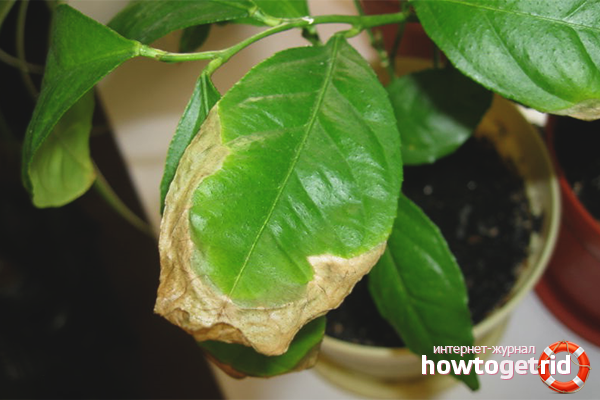
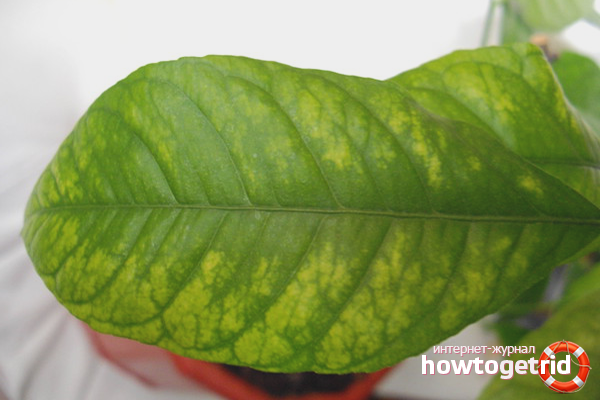

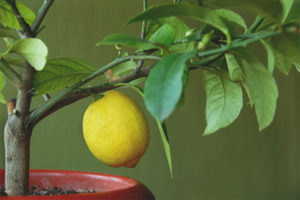
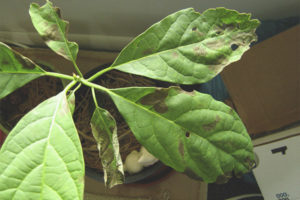
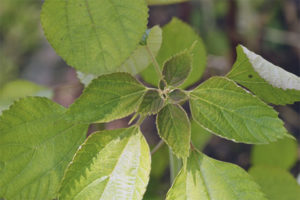

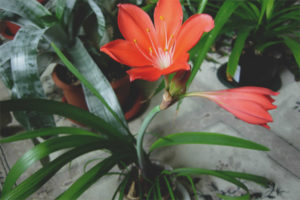

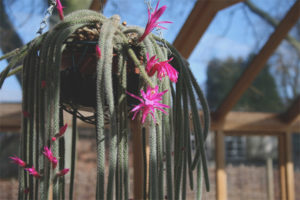
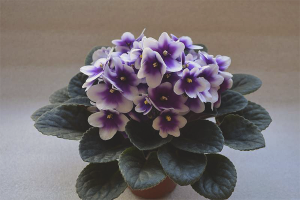
Submit